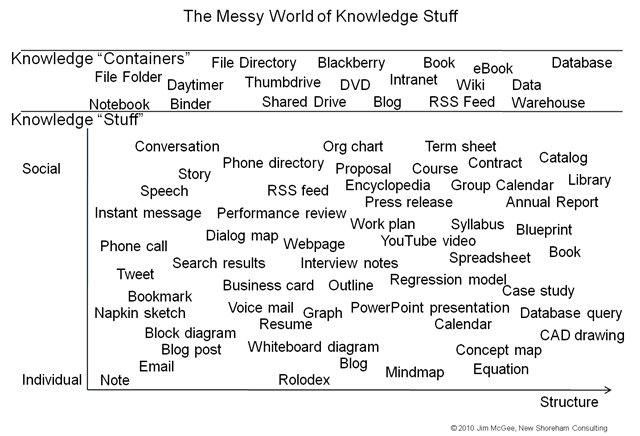I’ve often struggled with the notion of definitions when working in organizations. On the one hand, too many of us hide our ignorance and uncertainty behind a wall of jargon and terminology. Terms fall in and out of favor and their relationship to the underlying real world is often less important than their value from a marketing perspective.
On the other hand, new terms and language can help us point to and see new ideas and new opportunities for action. Here’s a recent post from Bob Sutton that sheds light on these challenges and is worth thinking about.
One of my best friends in graduate school was a former physics major named Larry Ford. When behavioral scientists started pushing for precise definitions of concepts like effectiveness and leadership, he would sometimes confuse them (even though Larry is a very precise thinker) by arguing “there is a negative relationship between precision and accuracy.” I just ran into a quote from the amazing Nobel winner Richard Feynman that makes a similar point in a lovely way:
We can’t define anything precisely. If we attempt to, we get into that paralysis of thought that comes to philosophers one saying to the other: “you don’t know what you are talking about!”. The second one says: “what do you mean by talking? What do you mean by you? What do you mean by know?
Feynman’s quote reminded me of the opening pages of the 1958 classic “Organizations” by James March (quite possibly the most prestigious living organizational theorist, and certainly, one of the most charming academics on the planet) and Herbert Simon (another Nobel winner). They open the book with a great quote that sometimes drives doctoral students and other scholars just crazy. They kick-off by saying:
“This is a book about a theory of formal organizations. It is easier, and probably more useful, to give examples of formal organizations than to define them.”
After listing a bunch of examples of organizations including the Red Cross and New York State Highway Department, they note in words that would have pleased Feynman:
“But for the present purposes we need not trouble ourselves with the precise boundaries to be drawn around an organization or the exact distinction between an “organization” and a “non-organization.” We are dealing with empirical phenomena, and the world has an uncomfortable way of not permitting itself to be fitted into clean classifications.”
I must report, however, that for the second edition of the book, published over 20 years later, the authors elected to insert a short definition in the introduction:
“Organizations are systems of coordinated action among individuals and groups whose preferences, information, interests, or knowledge differ.”
When I read this, I find myself doing what Feynman complained about. I think of things they left out: What about norms? What about emotions? I think of situations where it might not apply: Doesn’t a business owned and operated by one person count as an organization? I think of the possible overemphasis on differences: What about all the times and ways that people and groups in organizations have similar preferences, information, interests, and knowledge? Isn’t that part of what an organization is as well? I could go on and on.
I actually think it is a pretty good definition, but my bias is still that I like original approach, as they did such a nice job of arguing, essentially, that if they tried to get more precise, they would sacrifice accuracy. Nonetheless, I confess that I still love trying to define things and believe that trying to do so can help clarifying your thinking. You could argue that while the outcome, in the end, will always be flawed and imprecise, the process is usually helpful and there are many times when it is useful pretend that you have a precise and accurate definition even if you don’t (such as when you are developing metrics). “
Richard Feynman On The Folly Of Crafting Precise Definitions – Bob Sutton:
